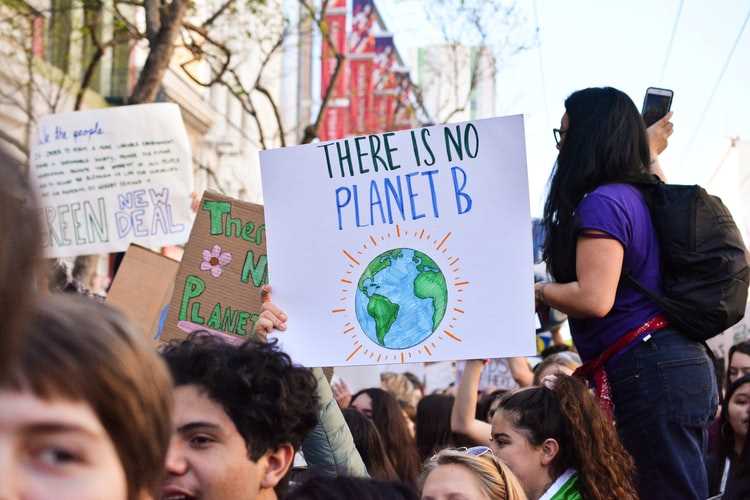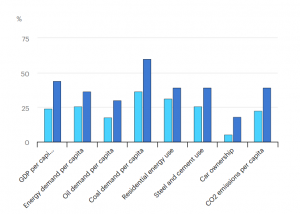
Climate change is one of the major concerns for India as it is among the most vulnerable nations to the extreme weather events triggered by rising global temperature. The nation witnessed unprecedented heat waves last year. Budget 2023 to be presented on February 1 is expected to take definitive steps towards climate change mitigation, considering how urgent the matters are at present. A clean energy transformation is important for India and the government must prioritise this goal and set up more ambitious emission targets.
India’s response to climate change is very important for the planet’s future. And all this hinges on the country switching from coal-based electricity to green energy. What India does today will be followed by others. India’s failure would mean tipping the balance even further towards climate change, leading to disastrous consequences.
READ | Budget 2023: Rationalise direct taxes to boost growth
Clean energy key to climate change mitigation
India’s large population and the growing economy means that the country’s demand for energy is insatiable. India is expected to overtake China as the most populous nation this year. India is the third-largest emitter of carbon dioxide and other greenhouse gases after China and the US. Coal is the primary source of power for India, accounting for approximately 70% of all power generation. To top it off, the country also powers much of its transport using petroleum fuels. The Indian economy is growing rapidly and with a population of 1.3 billion, there is a massive demand for energy.
Percentage change in key indicators for India in 2020
According to the International Energy Agency, India needs to invest $1.4 trillion to align energy system with global climate targets. Industry leaders in clean energy expect some positive announcements in the Budget 2023. In fact, to achieve its net-zero target, the country needs a robust natural gas ecosystem. The nation must fight climate change with clean energy and this can be achieved by climate financing and mobilising more resources by increasing allocation in the Production Linked Incentive (PLI) scheme for boosting the domestic manufacturing of green and sustainable solutions. The need is to identify and develop alternative energy sources, chiefly green and clean sources that do not harm the environment.
Key indicators as a percentage of global averages (2000-19)

The industry expects tax incentives for solar and wind power projects so that there is a major push for the adoption of alternative energy. Among others, the country needs to heavily invest in research and development in the energy sector to help evolve new technologies and products. On the consumer end, overall affordability of energy such as a cut in import tariffs on energy-related products is needed.
India is the world’s third-largest producer of solar energy and enjoys the lowest renewables costs. Plans to increase renewable energy as part of the mix remain in place and India is pioneering in green hydrogen investments. The efforts of the government towards climate change mitigation are laudable, considering the scale of clean energy adoption undertaken by it. However, no amount of shift to green energy can be substantial without proactively taking steps to cut down usage of coal.
CO2 emissions from the Indian energy sector (2019)

India has already suffered a loss of 5.4% of its GDP in 2021 because of extreme climate events. The forecast for the near future is equally grim. The annual damage from weather events is expected to rise by 49% and labour productivity is likely to decline by 5% soon. What is worse is that while India is responsible for only 3% of global emissions, 142 million Indians, or about 10% of its population, will be exposed to climate disasters. In climate related disasters, it is often that the worst offenders are least likely to suffer while the least polluting countries are at the receiving end of the catastrophes to come. What happened in Pakistan this year is a chief example.
Among other sectors, the government’s focus on the energy sector will be closely monitored in this Budget session of Parliament. It is expected that the nation will take steps to ensure a significant cut in the nation’s greenhouse emissions to check global warming. The Indian government is committed to reducing the nation’s total projected carbon emissions by 1 billion tonne by the end of the decade. Presently, the government also has the aim of reducing the carbon intensity of the nation’s economy by 45% by 2030, and also achieve net-zero carbon emissions by 2070.


